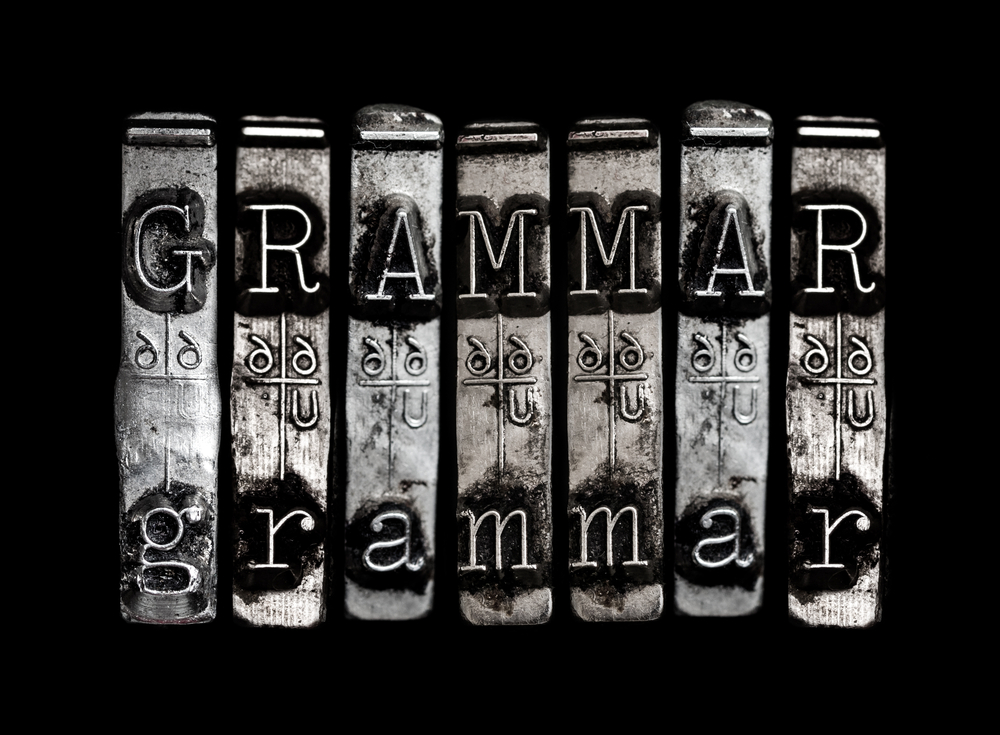This 101 is going to turn into a week-by-week thing until we’ve exhausted the list of the most frustrating grammar and punctuation confusions out there. With essay writing – especially when it comes to uni – you’re supposed to be on point, but sometimes it’s just so hard (‘Should I have used a semicolon or a comma?! Argh!’ and other frustrations) and not to mention mortifying, when you see so much red pen on your returned piece of coursework that it looks like a crime scene. Therefore, if you ever have a problem you just can’t get your head around, unCOVered can be your go-to for getting the little so-and-sos sorted.
This week: The semicolon (;)
What are they used for?
1) Connecting two independent clauses (clauses that can stand on their own as separate sentences) that convey related ideas.
E.g. Some days I have porridge for breakfast; other days I have bacon and eggs.
The mistake often made here is using a comma to separate the clauses, because separating them using a full stop makes it look and sound too harsh. This is what’s called a ‘comma splice’: the instance in which a comma is incorrectly used to separate independent clauses. The right way to use a comma in this instance is to add a coordinating conjunction after it, like ‘and’, ‘but’, ‘or’, ‘because’ etc.
Tip: A comma is needed when the second clause doesn’t technically (I say ‘technically’ because sometimes writers are allowed to be naughty and break this rule in the name of artistic expression and all that blah) make sense as a standalone sentence.
So, it’s either:
Some days I have porridge for breakfast; other days I have bacon and eggs.
OR
Some days I have porridge for breakfast, and/but other days I have bacon and eggs.
If you really wanted, you could use a full stop:
Some days I have porridge for breakfast. Other days I have bacon and eggs.
… but it just sounds a bit blunt, doesn’t it? Also, the sentences are very closely related, hence the initial use of the semicolon. If the follow on sentence introduced something new, a full stop would be more appropriate.
Tip: The only time it’s acceptable to use commas to join two (or more) independent clauses is when the clauses are basically identical: I came, I saw, I conquered.
2) To link complicated lists but avoid confusion, i.e. when items in the list already contain commas.
E.g. She examined the items he’d put on the bed: her dark blue jeans, ripped by accident at the knee; her black vest; her battered, hooded leather jacket, which had belonged to her mother years before; her own underthings, rather than the disgusting, itchy set she’d been forced to wear; and her black Doc Martens.
3) To link complicated clauses or clauses that contain commas – only if the clauses are closely related.
E.g. For some reason, she didn’t think it was right to ration her food anymore; she ate when she was supposed to, even if it was ten times more painful that way.
Things to remember about semicolons:
- They shouldn’t be used to introduce something – that’s the role of a colon (:)
- They shouldn’t be used in place of a comma (Incorrect: The sky is blue; but the water is grey. Correct: The sky is blue, but the water is grey.)
- They shouldn’t be replaced by a comma – this is called a ‘comma splice’
- Use them wisely! I won’t say ‘sparingly’, as some insist, because if they need to be used then they need to be used! But if you find yourself littering them all over the joint, try to rearrange or rewrite your sentence so you don’t need as many! Too many semicolons is just as painful to the eye as too many exclamation marks!!!!!!!!!! (See what I did there?)
I think that’s everything in a nutshell. If you have any specific issues with semicolons or any tips you want to add, don’t hesitate to drop a comment below.
Next week: Hyphens!
– Karis






